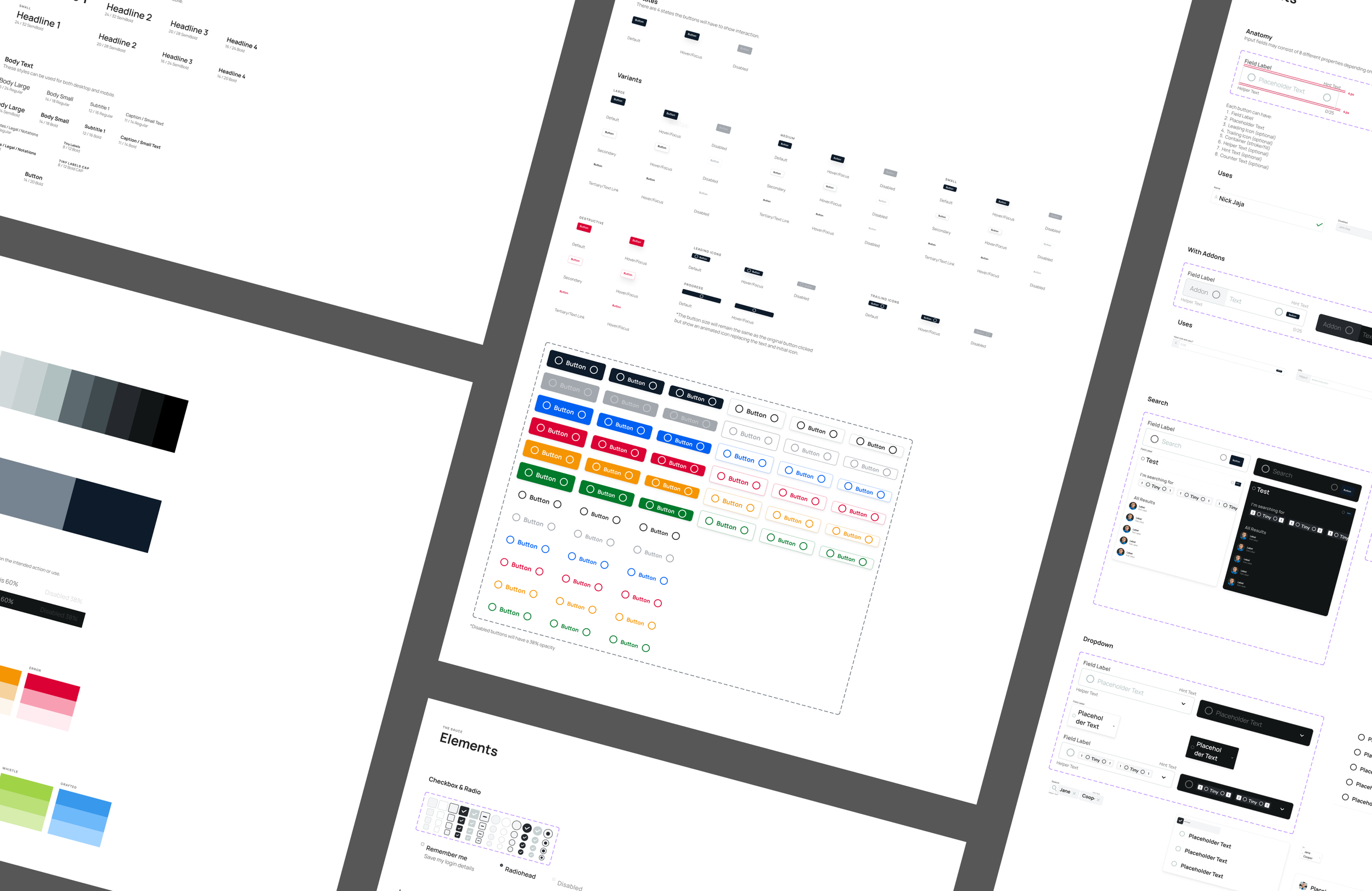
Design System
Design System
Roles & Responsibilities
Role - Lead Product Designer
Scope of work - Stakeholder interviews, competitive analysis, audit existing designs/products, define vision and goals, design reusable components, create guidelines, develop prototypes, create and maintain documentation, feedback loops and workshops.
Problem Statement –
Upon joining Teamworks, there was no design system in place leading to fragmented design patterns, lack of consistency, low brand recognition and time-consuming design and development processes.
I decided to implement a design system to address these issues.
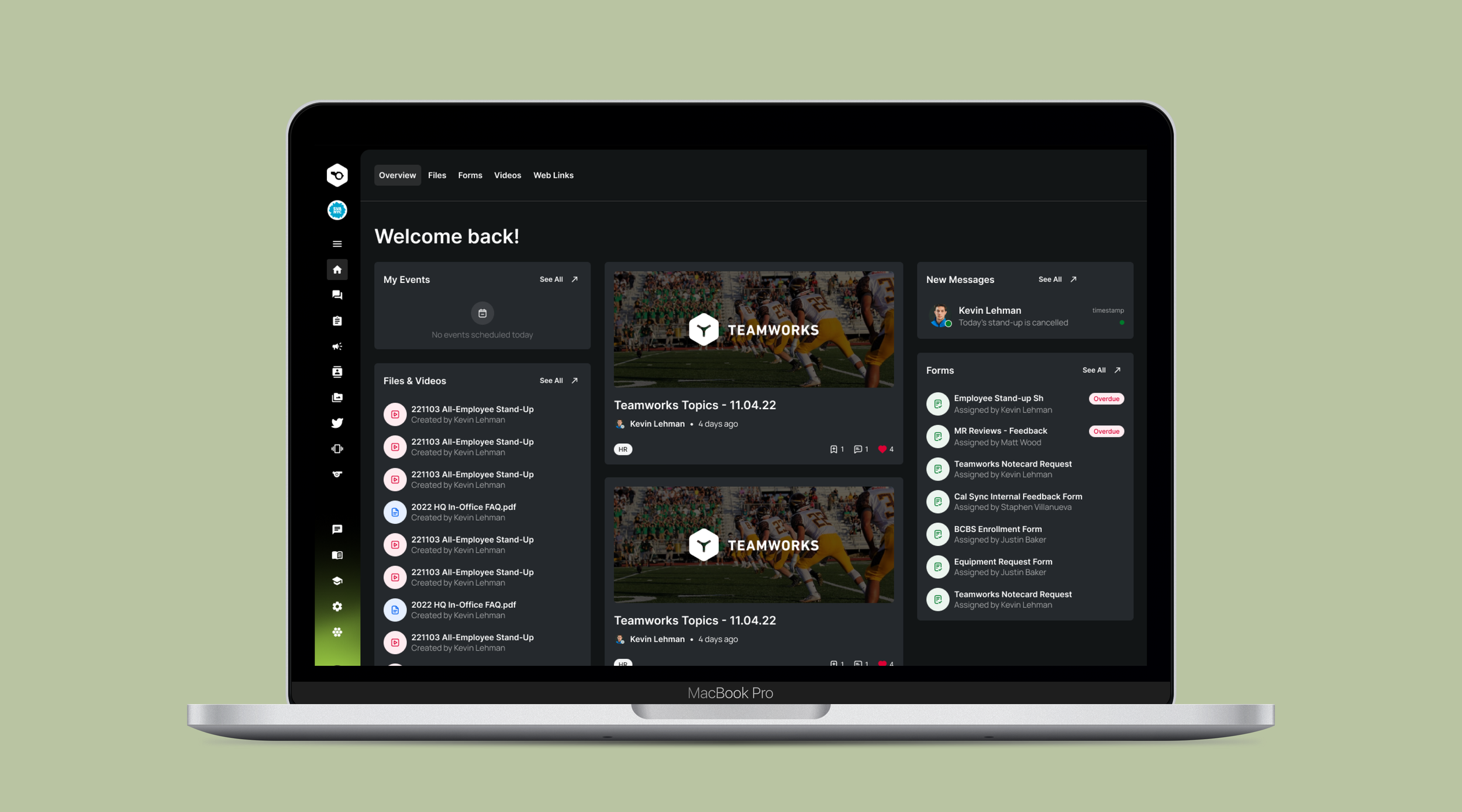
DISCOVERY –
The main challenge was to create a design system that can be used across multiple products and create consistency in design while speeding up the design and development time. The system also had to be adaptable to different product requirements while maintaining a consistent look and feel.
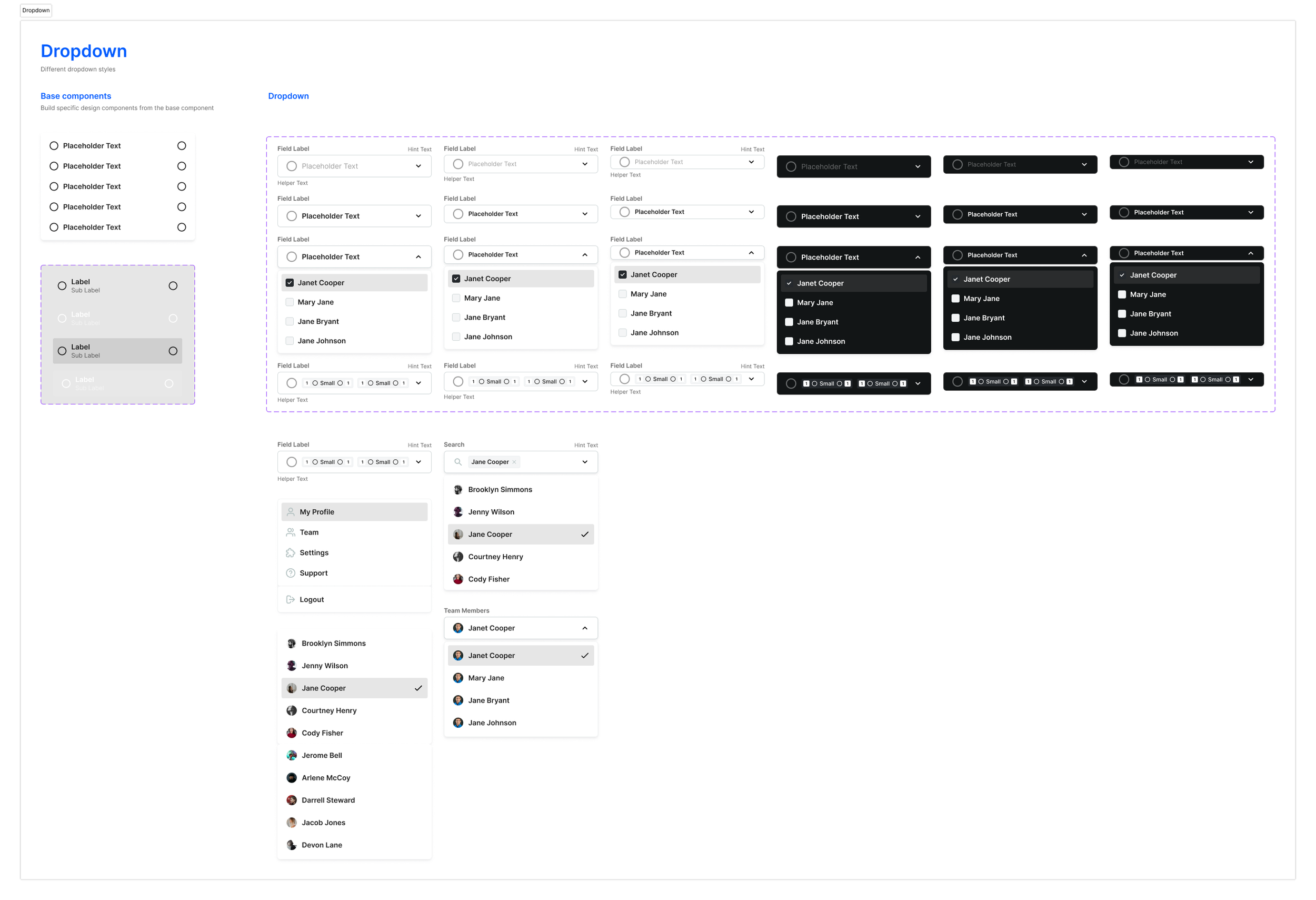
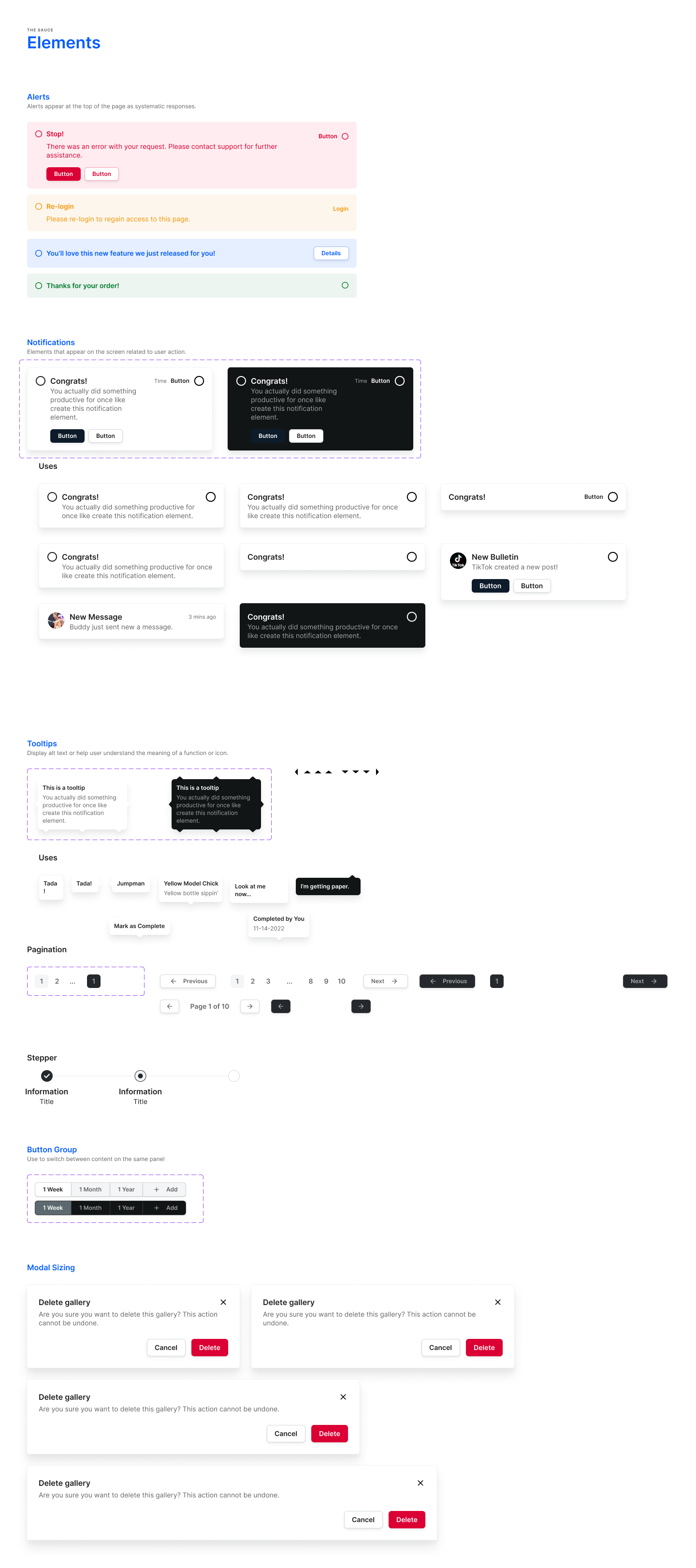
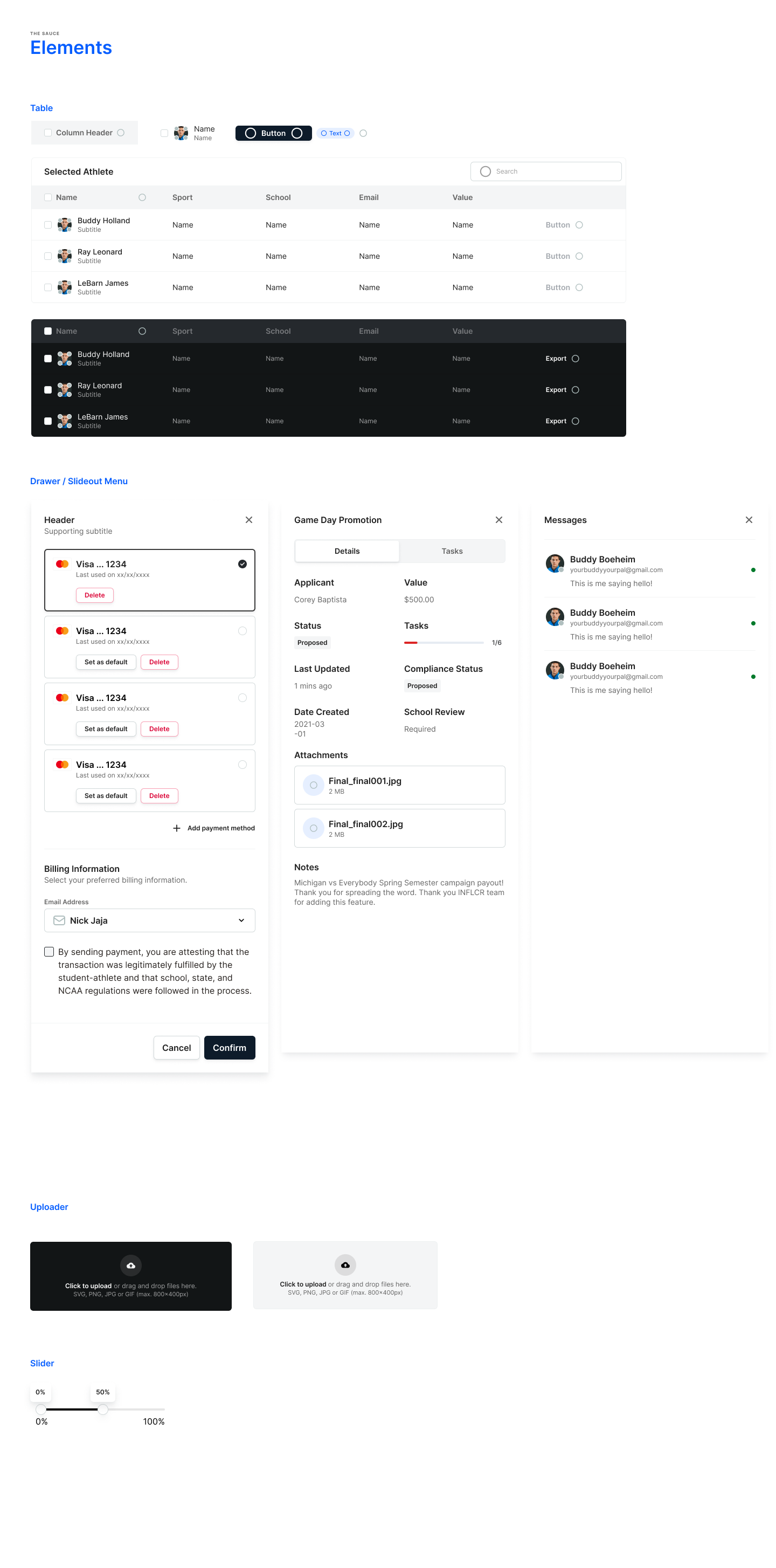
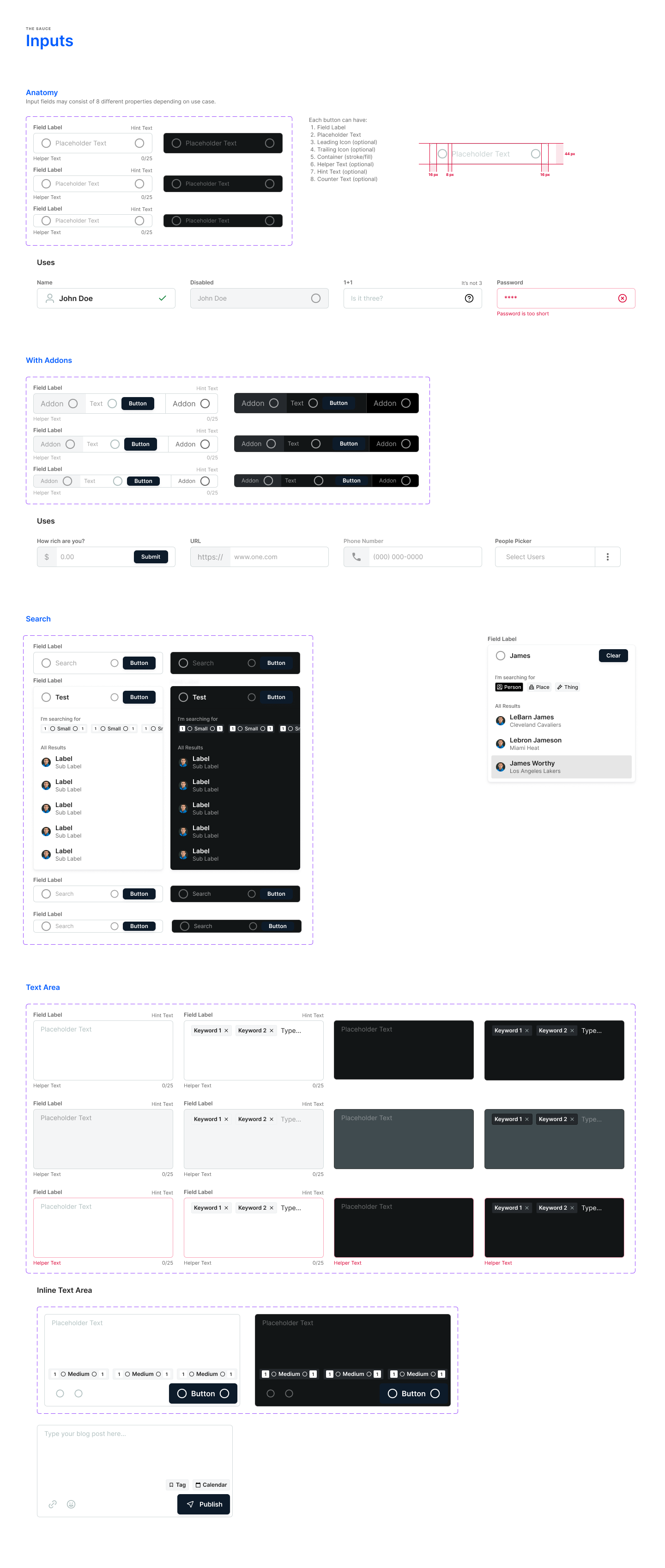
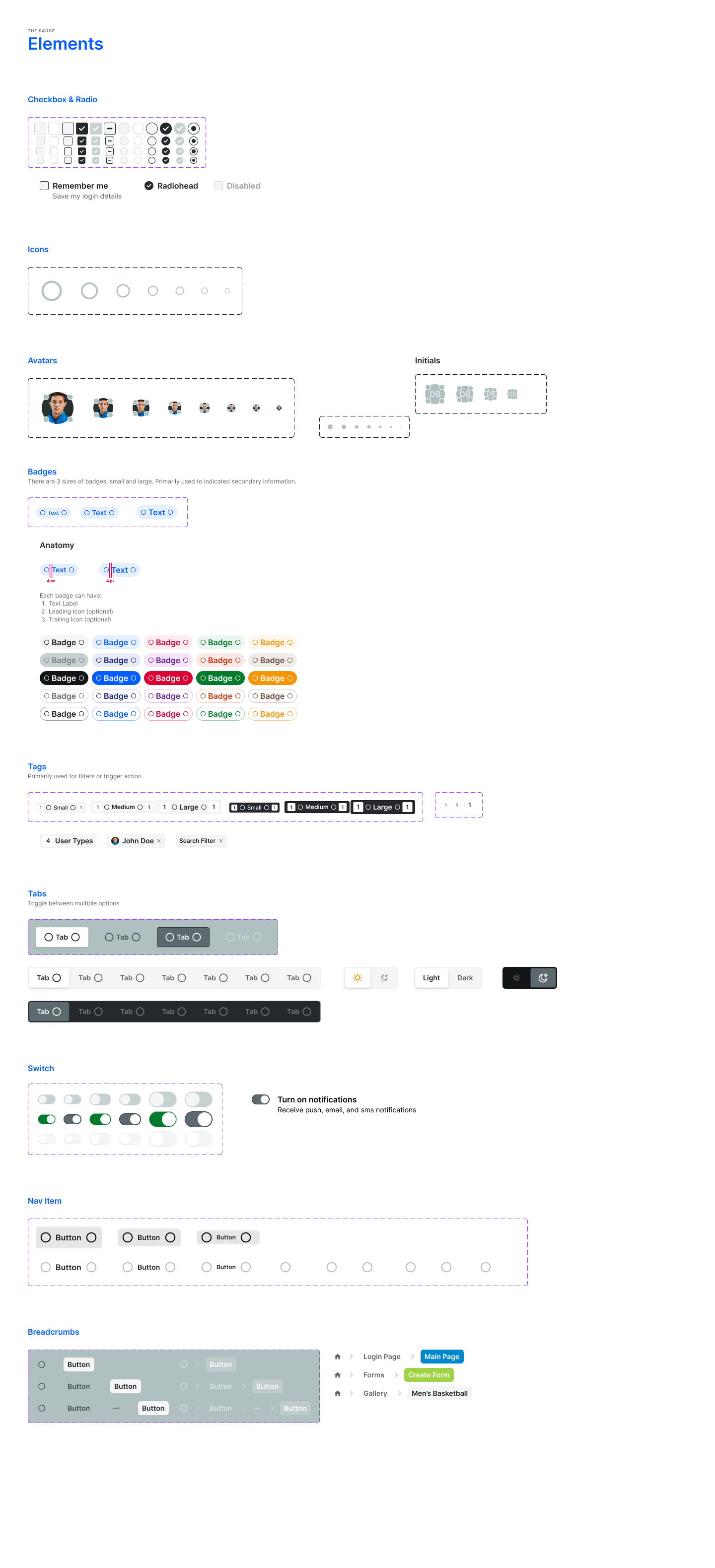
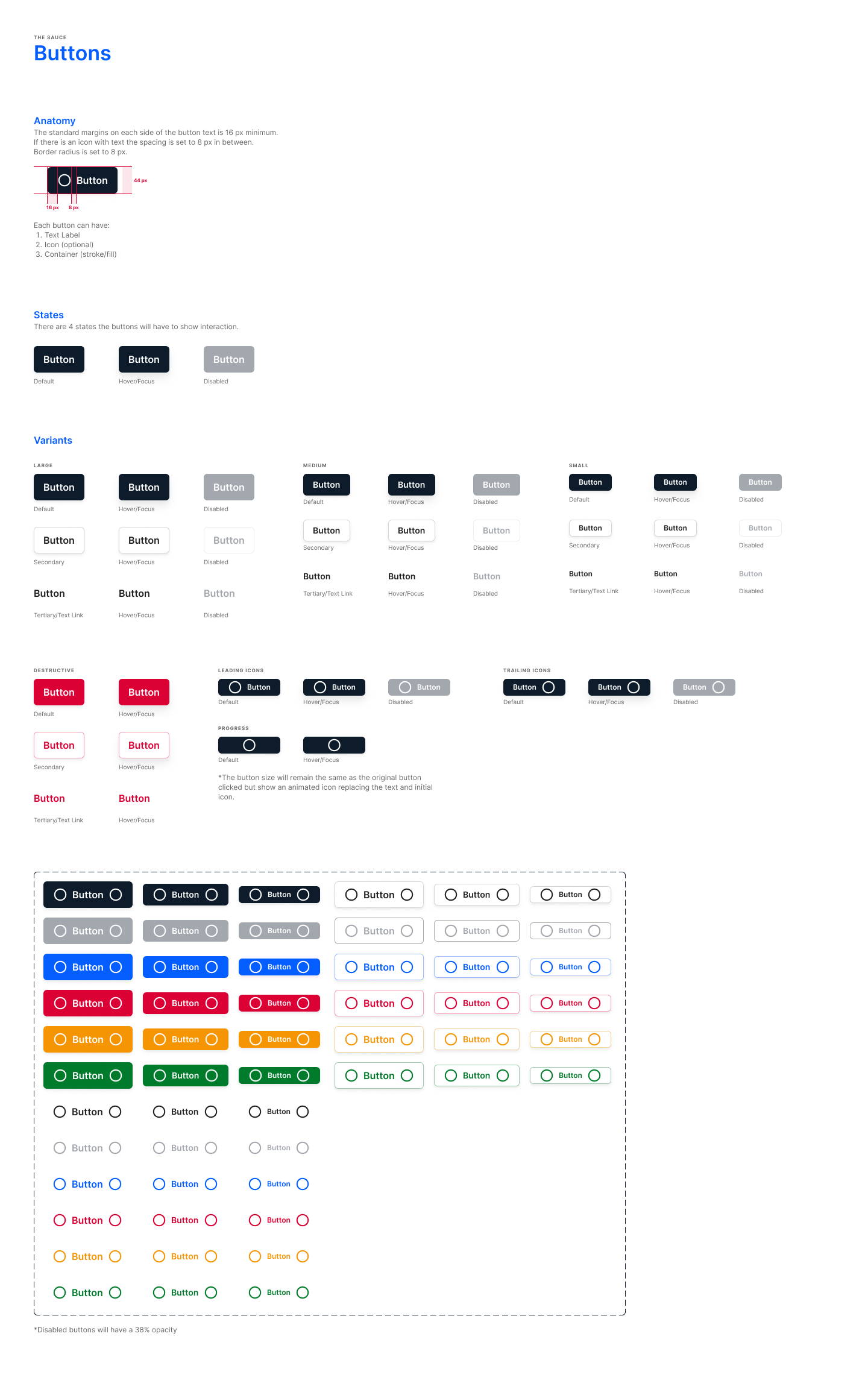
Design –
To address the inconsistency, I embarked on a mission to bring coherence and efficiency.
Research & Insights: I looked into existing designs, uncovering pain points and identifying common patterns used by each product team.
User Journey Mapping: I mapped user journeys to understand how they interacted with different products, highlighting areas for improvement.
Design Principles & Guidelines: Based on my findings, I established overarching design principles and guidelines to ensure consistency and alignment across all products.
Reusable Components: I created a library of reusable components and design patterns, offering a pre-built toolbox for faster and more efficient design.
Modular Design: The system utilized a modular approach, empowering product teams to customize components and patterns to their specific needs, while maintaining overall consistency.
Color Palettes, Typography, & Iconography: A unified system for these elements ensured visual harmony and brand recognition across all products.
Comprehensive Documentation: Detailed documentation explained the system, its components, and usage guidelines, fostering understanding and adoption.
Multi-Product Testing: I implemented the system across various products, gathering feedback to refine and perfect it for all teams' needs.
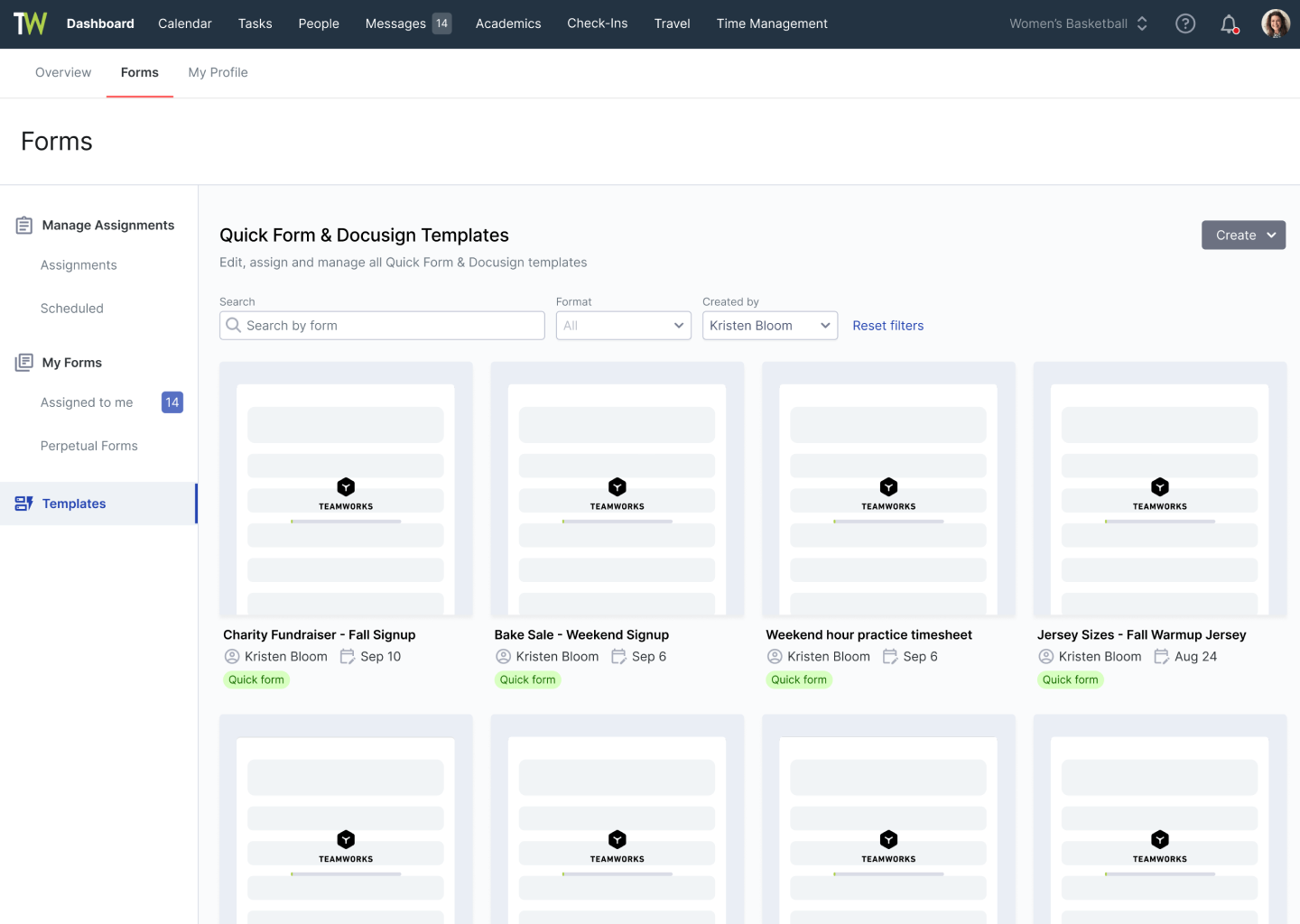
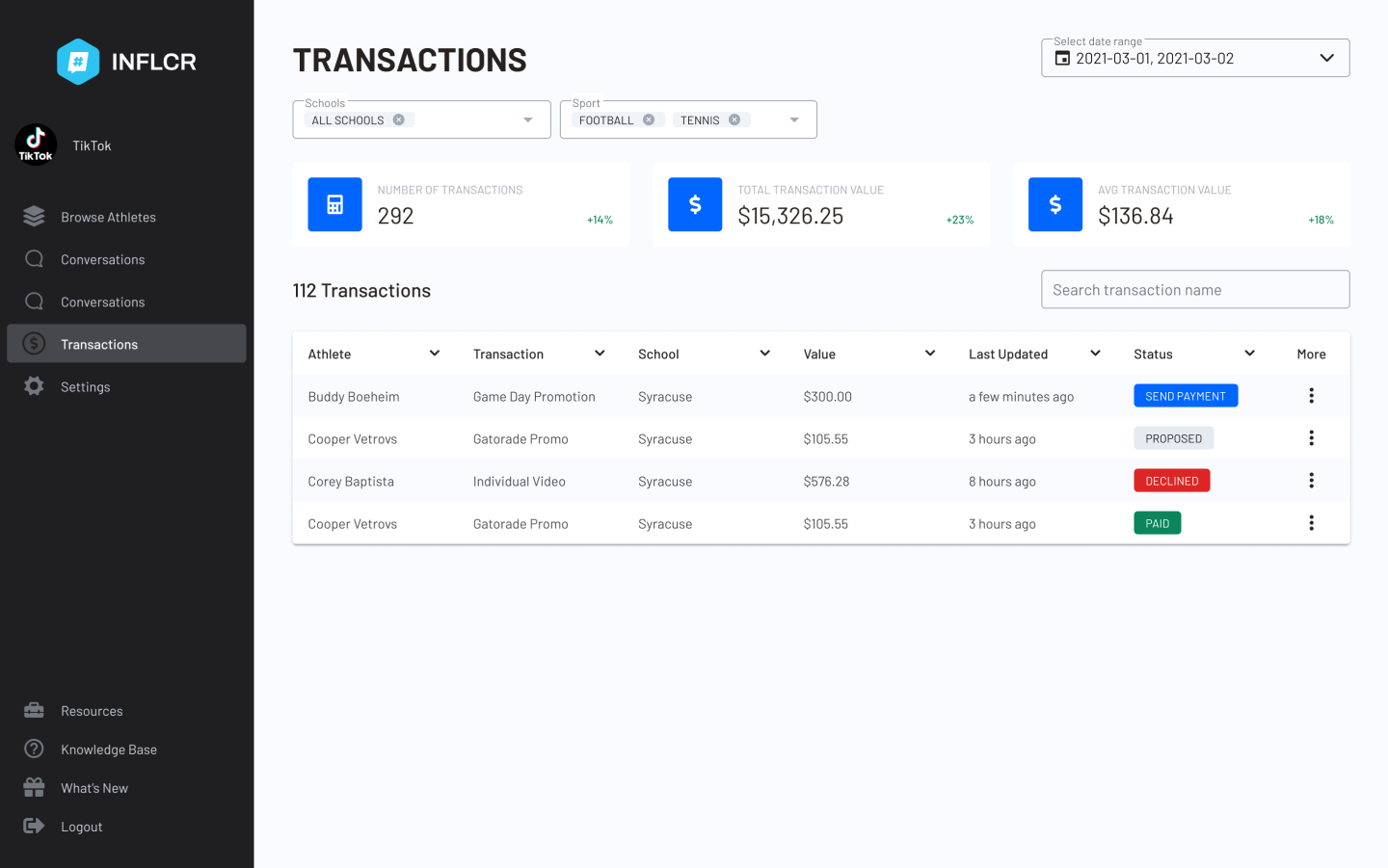
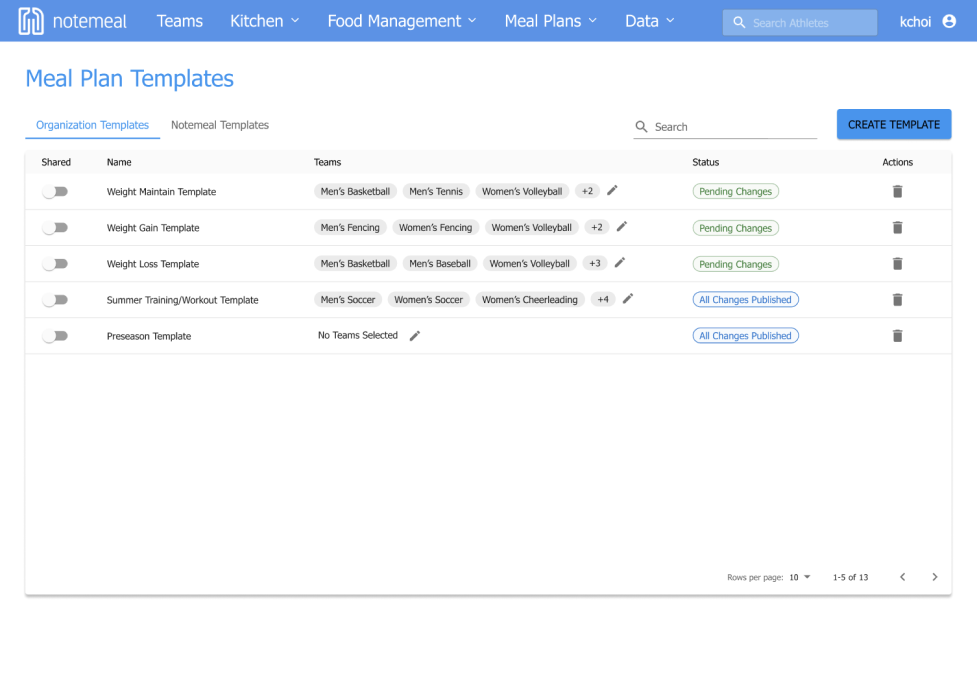
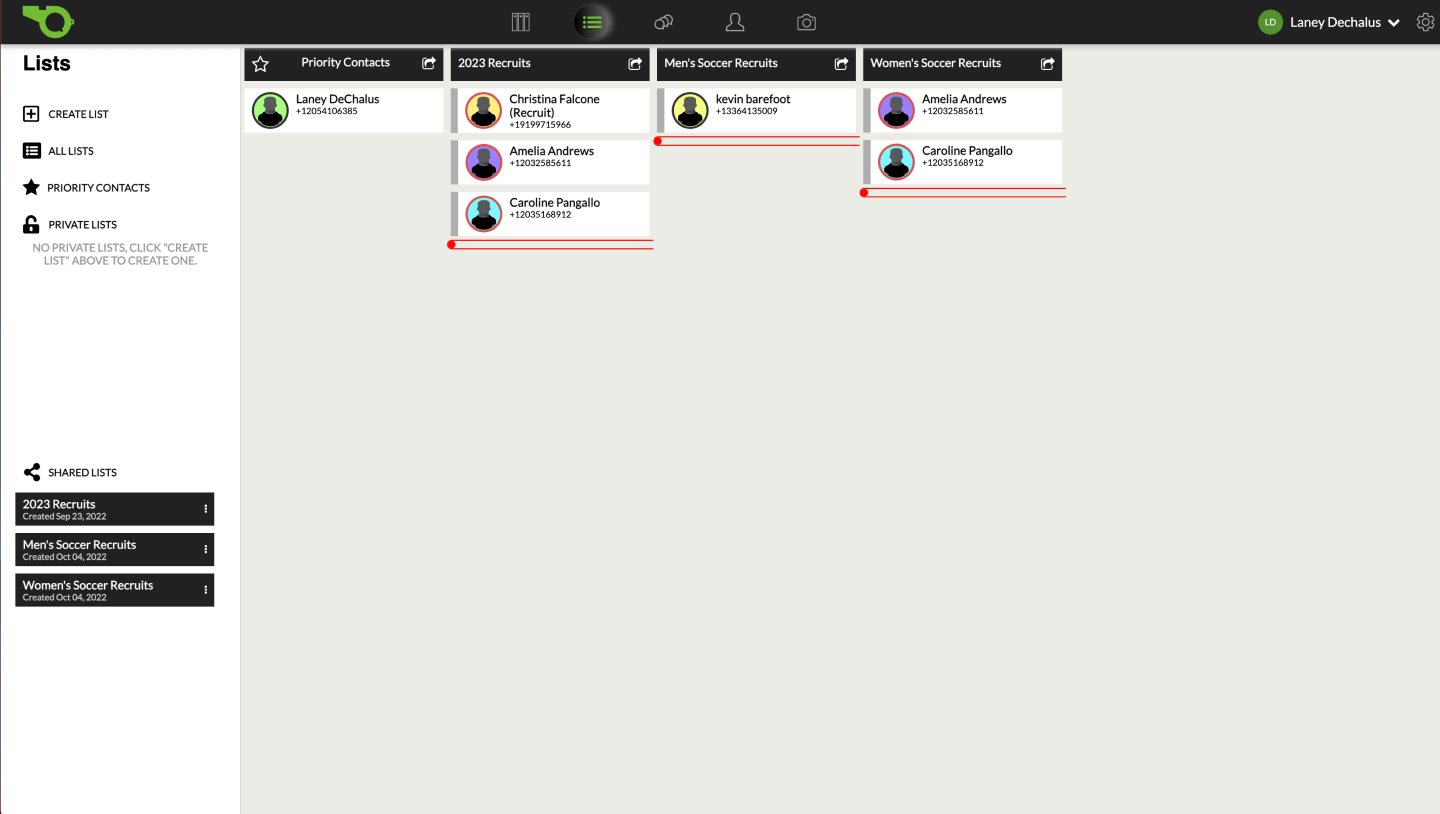
PROTOTYPE –
Reduced Design & Development Time: Reusable components and a streamlined process led to significant efficiency gains.
Increased Consistency: Users experienced a seamless and familiar journey across all products, enhancing brand perception.
Empowered Teams: The modular design allowed for customization while maintaining brand unity, giving teams autonomy and flexibility.
Focus on Strategic Design: Freed from repetitive tasks, the design team could focus on higher-level strategic efforts.
The design system became the cornerstone of our design process, transforming fragmented experiences into a cohesive and efficient ecosystem.
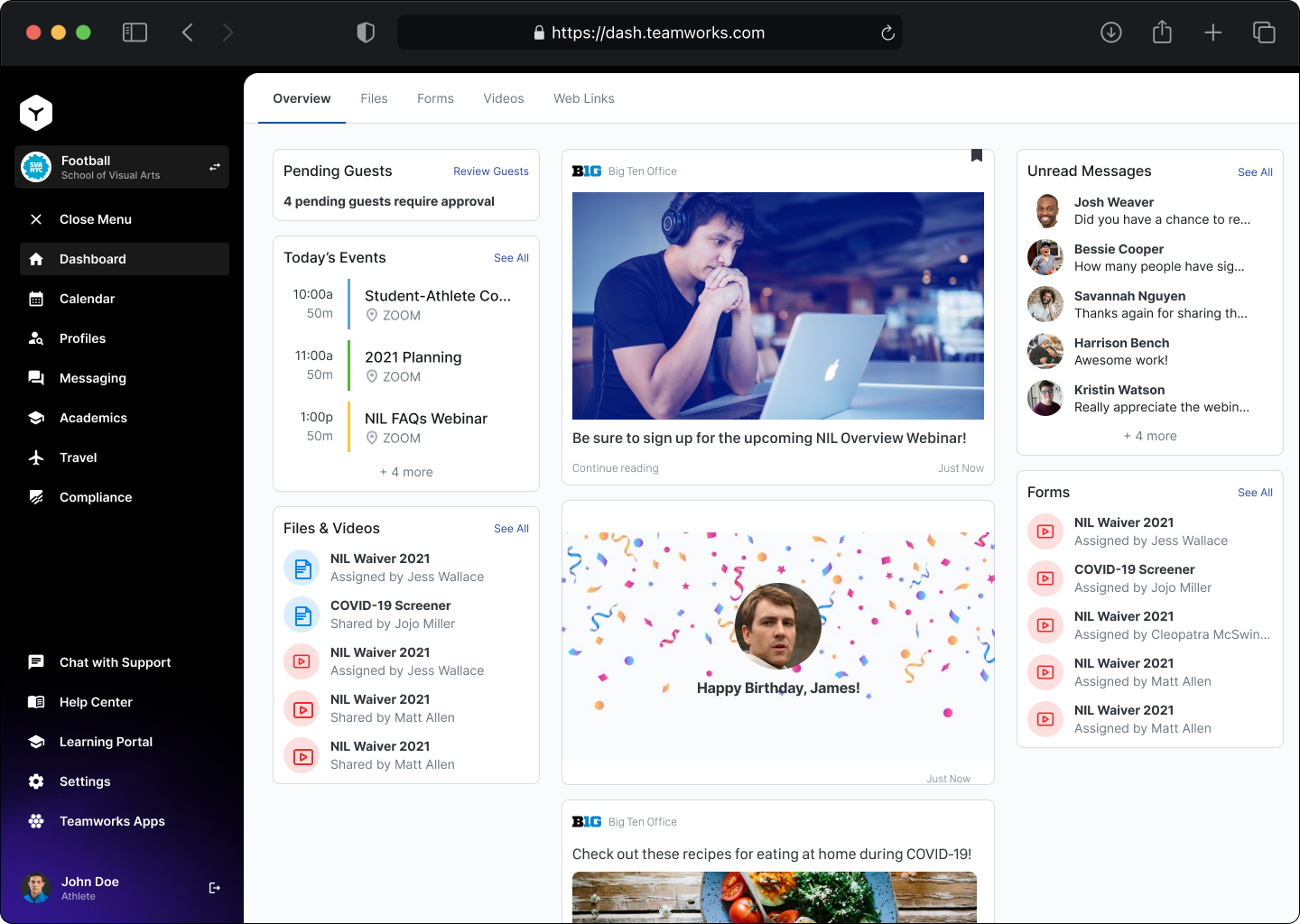
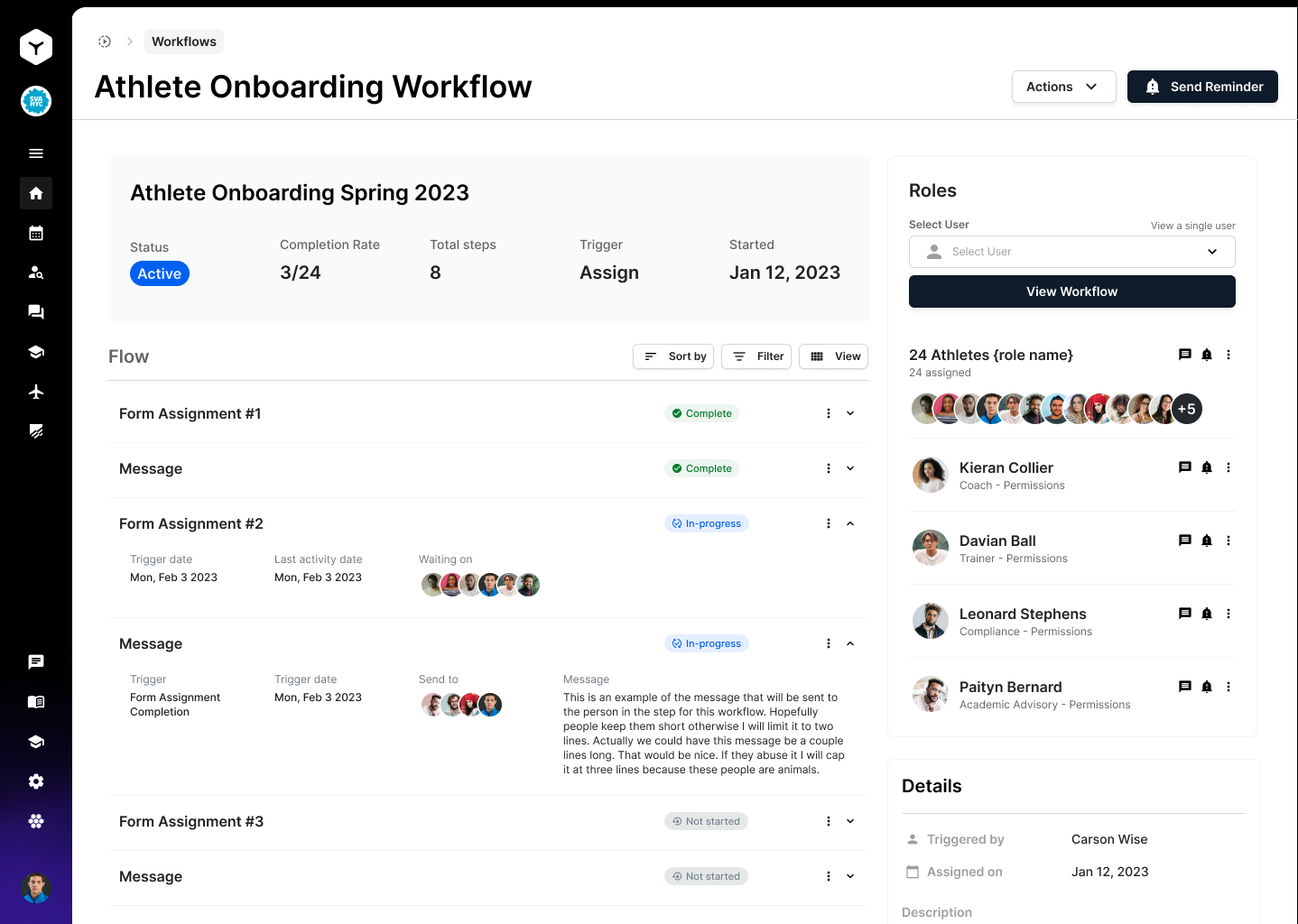
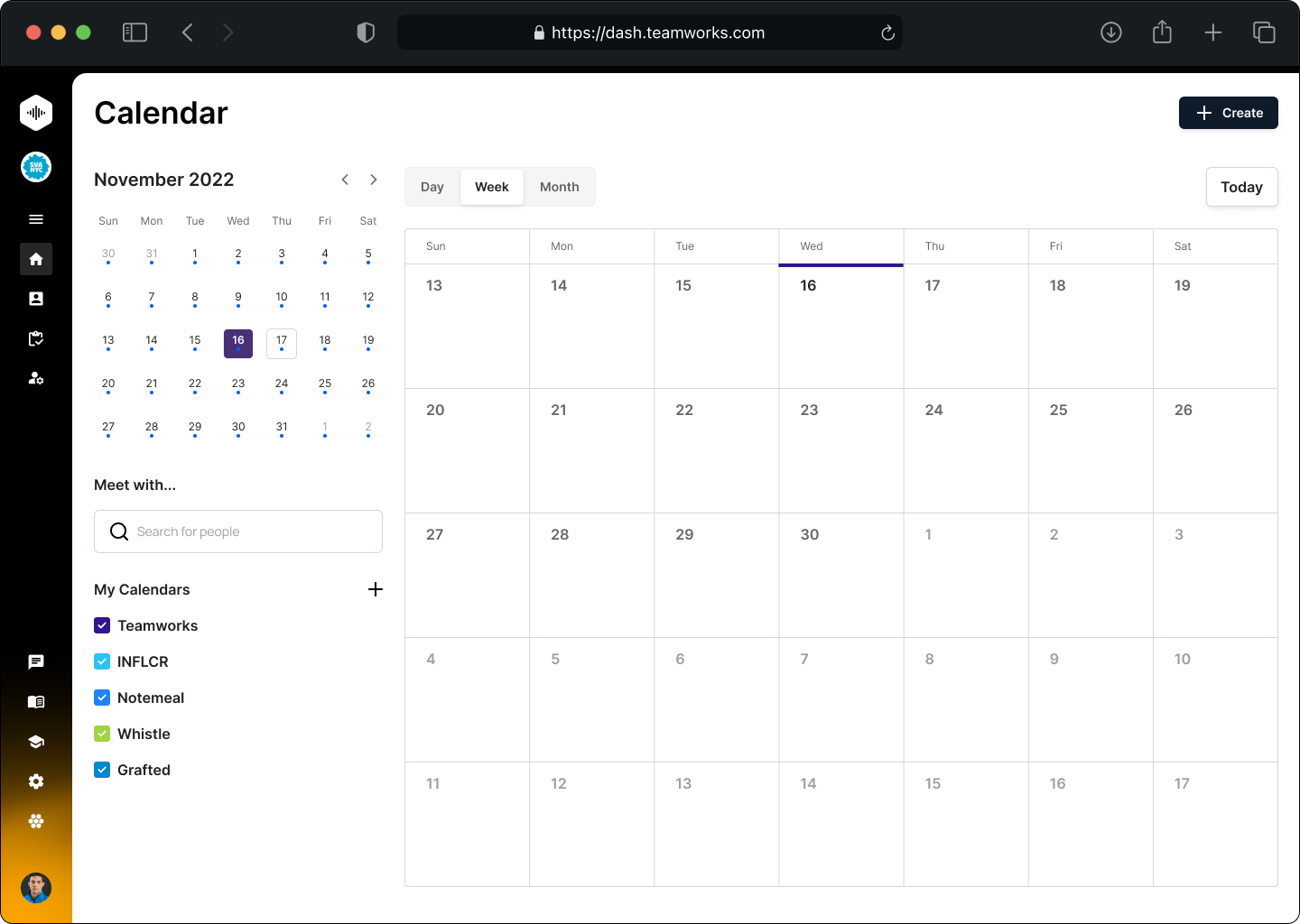
Impact –
Implementing a design system wasn't a walk in the park, but the payoff is undeniable. I conquered challenges to achieve unwavering consistency, streamlined alignment, and lightning-fast design and development cycles.
At the heart of this magic lies a modular approach. Teams can seamlessly mix and match pre-built components while maintaining a unified brand experience. No more reinventing the wheel! And to ensure smooth sailing, I provide documentation, empowering everyone to use the system effectively.
The results? Quality skyrocketed across all products, while design and development time plummeted. Teamworks Unified Design System is more than just a tool; it's a game-changer, freeing our team to focus on strategic design brilliance.




